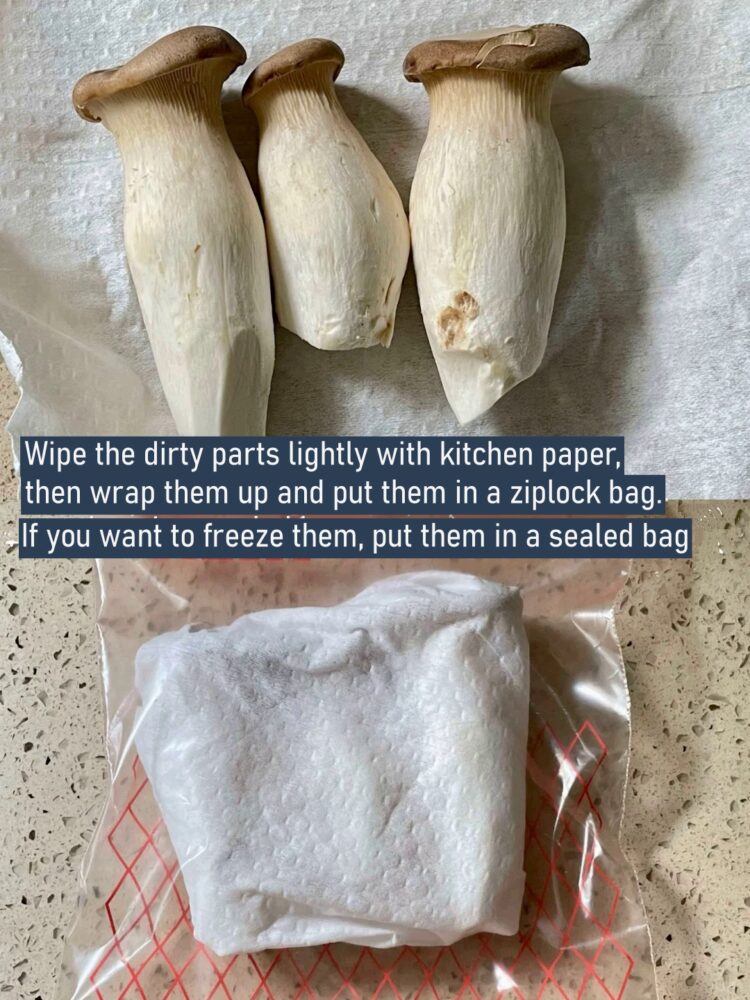Today I’m going to share with you some “reasonable food preservation methods” that can eliminate unnecessary waste and save time.
I bought some ingredients over the weekend, and also bought some pink tulips.

[Green vegetables]
Green vegetables with thick and green leaves and stems can be stored in a refrigerator for about a week by putting them whole into a fresh-keeping bag and placing them upright. If they are stored flat, the leaves are prone to rot and are not suitable for long-term storage. They can also be washed, dried, cut into large pieces, and frozen in a sealed bag for a month.

[Lettuce]
Wet a kitchen paper towel and stick it to the root of the lettuce, then put it in a sealed bag and refrigerate for about 7 days. After tearing the lettuce leaves, dry them and wrap them in small portions with cling film and put them in a sealed bag. When storing directly, place the root down and use the weight to prevent the leaves from rotting.

[Carrot]
If the surface of the carrot is wet, it is easy to rot. When storing, you must thoroughly wipe off the moisture. Wrap the remaining part with cling film to prevent the cut part from drying out. Put the whole carrot in a fresh-keeping bag, and put a kitchen paper towel in it to absorb the moisture of the carrot. Cut into easy-to-use shapes and put them in a sealed bag.
[Potato]
Potato is a food ingredient that can be stored for a long time. Storing it with apples at room temperature can inhibit potato sprouting. Usually, wrapping it with newspaper and keeping it at room temperature is enough, but in the summer when it is easy to sprout, it can be stored in the refrigerator. Because potatoes are not resistant to low temperatures, wrap them with newspapers and put them in a bag before refrigerating.

[Fungi]
Fungi do not freeze solid. They can be cut with a knife even when frozen, which is convenient. Washing them too much will reduce their flavor, so you can use kitchen paper to gently wipe the dirty parts, wrap them with kitchen paper and put them in a fresh-keeping bag. If freezing, put them in a sealed bag.
[Green pepper]
Remove and clean the green pepper, cut it into thin strips and put it in a sealed bag, refrigerate for about 4 days. Freeze for 1 month.
[Tomato]
When refrigerating, put them in a fresh-keeping bag and store them in the refrigerator. When freezing, wrap them individually with plastic wrap and then put them in a sealed bag.
[Yam]
When refrigerating yam, cut it in half, wrap the cut part with kitchen paper towel and secure it with a rubber band, then put it in a sealed bag. It is better to freeze it, as peeling will be very easy, and grinding it into powder will also be very simple. If there is any leftover after use, put it back in the freezer. And frozen yam will not irritate the skin.
[Pumpkin]
Pumpkin tends to rot from the seeds, so remove the seed cavity and the seeds when storing. Wrap it with plastic wrap to preserve.
[Garlic]
Garlic can be stored at room temperature, but to avoid sprouting, it is recommended to refrigerate it. Wrap it with kitchen paper or newspaper and put it in. Peel off all the skins and store them in a container in the refrigerator. Freeze in a sealed bag.
[Perilla leaves]
Put the leaves in a bottle with a small amount of water, with the stems facing down. Cover the bottle with a lid or seal it with plastic wrap, then refrigerate. Water on the leaves will cause them to rot.
[Cabbage]
When storing the whole cabbage, you can cut it into two halves, with the cut side facing down, and seal the whole thing with plastic wrap.
[Avocado]
Avocados can be stored at room temperature before it ripens. After it ripens, wrap each one with plastic wrap and put them in a fresh-keeping bag in the refrigerator to prevent over-ripening.
